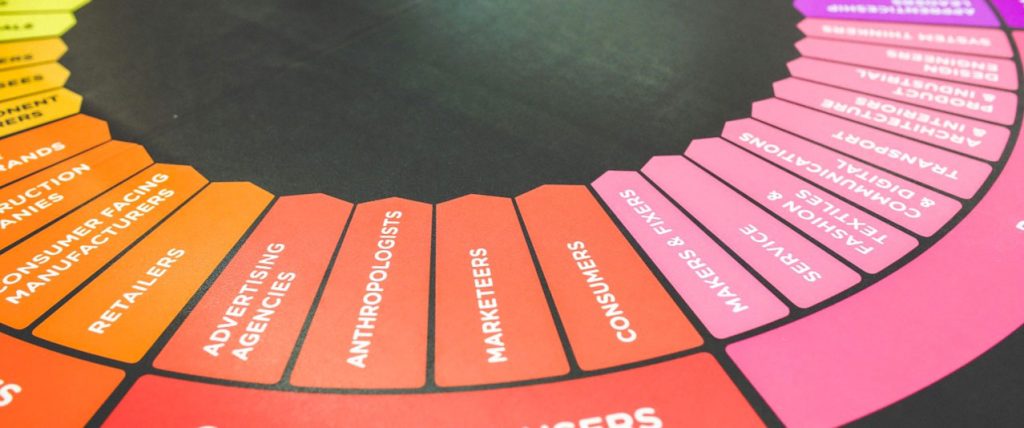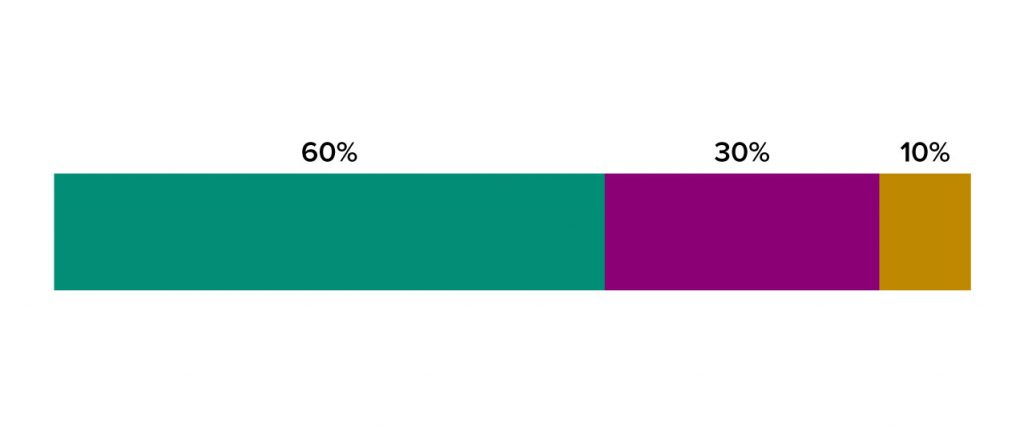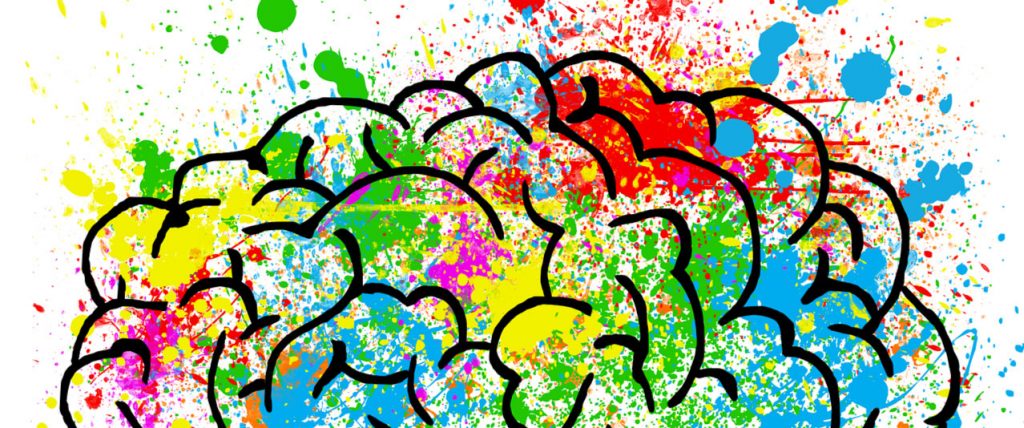Many marketing techniques are hard to see. Identifying keywords, analyzing site visits, and other technical strategies are important. But they’re not much to look at. That’s one of the reasons the colors of your website matter.
The visual design of your site can have a big impact on the success of your business. Over 93% of shoppers place visual appeal and colors above other factors when shopping. If customers don’t like the look of your site, they might just leave – and never return.
While you’re probably not designing your site yourself, you’ll still want to a basic understanding of why SEO pros might make the certain design choices. Let’s take a look:
Colors of Your Website Matter
If you already have an established brand, that’s great. Most of the time your existing brand has a certain look for a reason. You’ll likely want to maintain that consistent look for your online presence.
This is especially true if business also has a brick-and-mortar location (or more than one). Imagine if you went to McDonalds.com and were greeted by a black-and-green color scheme. You’d probably assume you were in the wrong place.
At the same time, certain colors work well on the web for achieving certain purposes. You might want to make small tweaks to your existing design in order to increase traffic to your site. Here’s why:
How to Choose the Colors for Your Website
So, what colors work best for your site? Well, there’s no one right answer. But there is a wrong one. You never want to pick website colors just because you think they look cool. Instead, you want to use a little science and psychology.
First, you’ll need to consider your customer base.
Color Preferences by Gender
Is your audience primarily one gender? Research suggests men and women have different color preferences. Men prefer blue but don’t like either brown or purple. On the other hand, women love purple and blue but don’t like brown and orange.
Color Preferences by Age
What about the age of your audience? Generally speaking, older people prefer blue while younger people like green. Younger people dislike orange and harsh reds.
Using a Color Wheel
What if you can only find some color preferences for your target audience? Designers will turn to the color wheel. This can show you both analogous and complimentary colors.
Selecting a Color Set
Now, just because you have some colors which connect with your audience doesn’t mean you want to completely saturate your website in those shades.
Instead, you’ll choose a color set. For this most designers use what’s called the 60-30-10 rule of design. This creates a harmony and balance to your color use. The rule is:
- 60% is a dominant color
- 30% is a secondary color
- 10% is an accent color
 Regardless of what colors you choose, don’t forget about readability. As a general guideline, use a light colored background. Put darker colors in the foreground. Avoid any harsh, unusual text colors.
Regardless of what colors you choose, don’t forget about readability. As a general guideline, use a light colored background. Put darker colors in the foreground. Avoid any harsh, unusual text colors.
Trust the Color Rules
Don’t let your personal opinions cloud your judgment. Too many people want their site to look good for them. Truthfully, it’s far more important that your site looks good for your customers.
Check Out the Competition
You want to look at three or four competitors. What colors are their sites and logos? First, you want to avoid any similarities. Your color scheme needs to be as unique as possible.
Colors Influence Emotions
When you see a site with a lot of cool blue, how do you feel? Most people tend to feel a sense of security and trust. How about a site with a lot of red. That usually inspires feelings of energy and even urgency.
You can use different colors to influence the emotions of your visitors. The emotions you want to create depend on the type of product or service you’re selling. Do you sell financial services? A blue, trustable site might be in order. Is your business an express courier? A red, energetic site might help conjure up thoughts of your fast delivery times.
Colors Showcase Your Site’s Personality
Obviously, there’s no magic color formula that automatically attracts all people of a certain age or gender. But if your customers heavily skew in any certain direction, you should let those demographics influence your site’s color choices. Everything you can do to increase traffic, no matter how small it may seem, can help increase your chances of making a sale.
There’s a lot more science to the design of a website than many people realize. Is your site as appealing as possible to your target audience? Our expert team of website designers is happy to answer any questions you might have. Call at (763) 219-1227, contact us by email or post a comment below.
